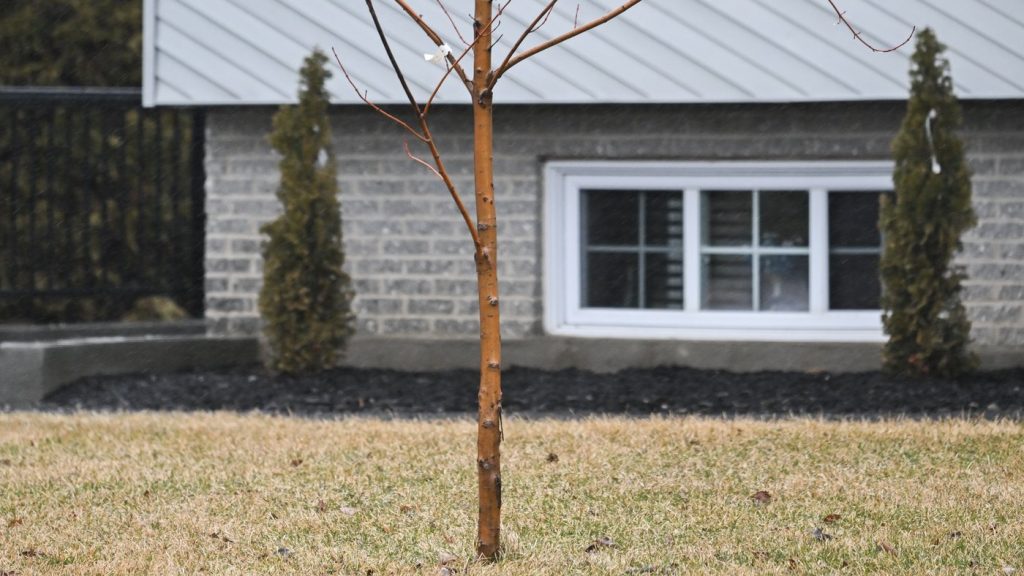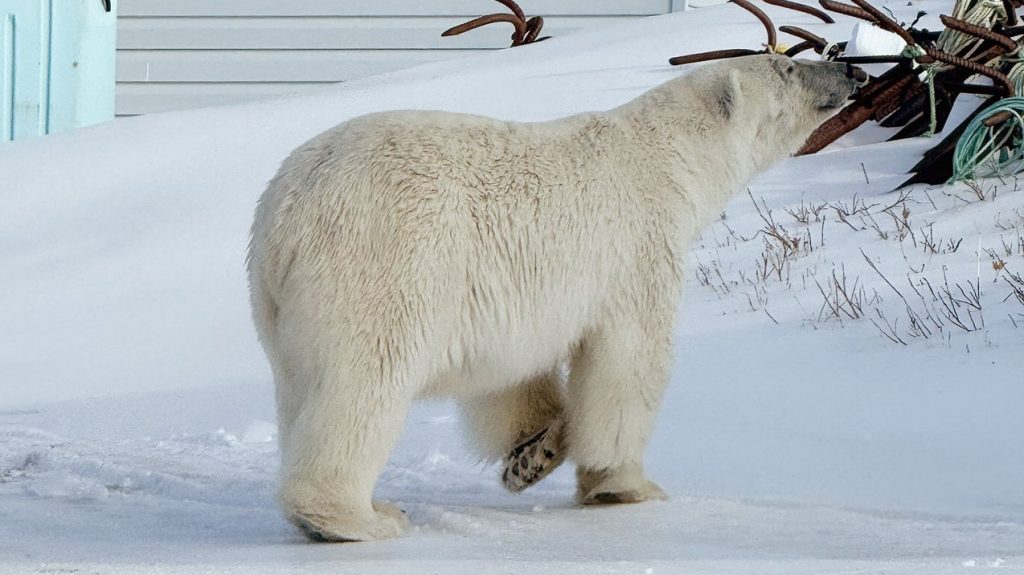Wildlife expert fears invasive worm species won’t be handled in N.S.
Posted Apr 18, 2022 02:01:00 AM.
A wildlife expert is concerned the invasive worm species recently discovered in Nova Scotia is going to be left uncontrolled, adding to the list of critters already causing harm to nature in the province.
Earlier in April, an invasive Asian jumping worm squirmed its way into Nova Scotia for the first time.
Dozens of these worms were discovered in a tropical houseplant purchased last month in the Halifax area by a graduate student who studies earthworms.
“I can't help but think that this is something that's going to get away and be in the environment,” Nature Nova Scotia president Bob Bancroft said. “The part that really bothered me … was they basically breakdown organic matter to the point where there's not many nutrients left.
“I immediately start thinking about what's happened to our forests.”
Bancroft, who's also a retired wildlife biologist, said Nova Scotia's forests have already been “assaulted” by the hemlock woolly adelgid, a foreign invasive species that was accidentally brought into the province.
On top of that, he also told The Todd Veinotte Show that there's a beech leaf-mining weevil that's tackling the province's beech trees.
Finally, Bancroft said the ash trees in Nova Scotia are also being attacked by emerald ash borers.
“We've got this basic onslaught of invasive species,” Bancroft said. “All three of these species, it reminds me a little of what happened when Europeans came over here with diseases like measles, and the local First Nations didn't have any immunity.
“That's what's happening with our hemlock, our beech and our ashes.”
The jumping worms originally come from east and southeast Asia, and eventually made their way to North America through humans exchanging plants and soil.
It gets its name from its aggressive squirming and thrashing, which differs from the normal movement of a worm.
On top of breaking down organic matter and leaving behind soil that's devoid of nutrients, the jumping worms can also reproduce more quickly than other earthworms.
Compared to other earthworms, the jumping worms don't really differ in appearance, meaning it'll be much easier for the species to reproduce and quickly spread.
“I guess when I hear this whole matter with the worms, it's just like one more horrible thing,” Bancroft said. “Because what they're going to do is break down the nutrients, use them up and then [the nutrients will] not be particularly available for new tree growth at all.”
Bancroft said that forests have been falling down for thousands of years, ever since the last ice age more than 11,500 years ago. That meant fallen trees would decompose and fill the soil with nutrients, essentially being recycled.
But with these invasive jumping worms, Bancroft said the organic matter from trees won't be returned to the soil in forests.
“It's a situation where you wonder what the soils are going to be able to support,” Bancroft said. “The worms are just one more twist in this whole thing.”








